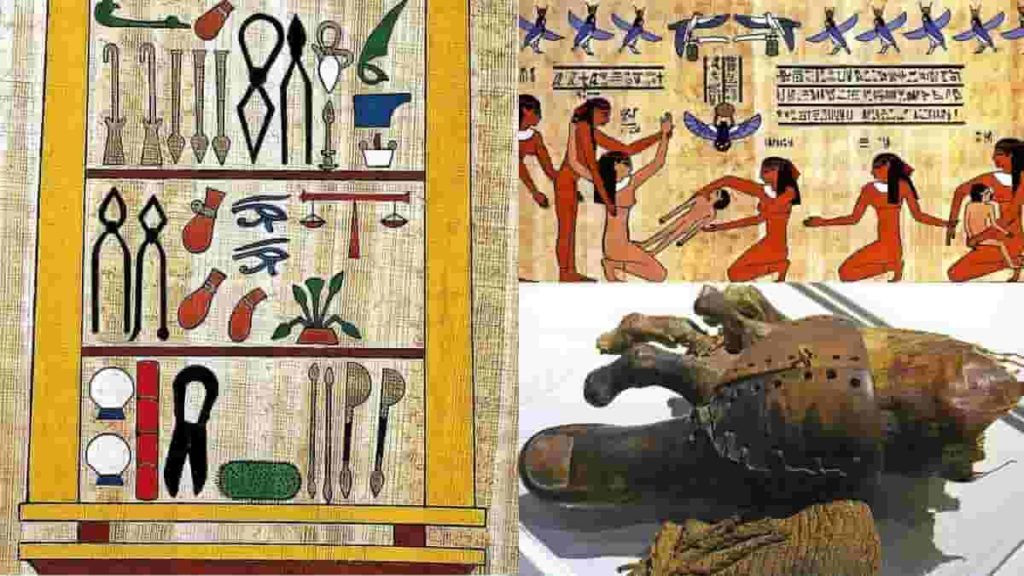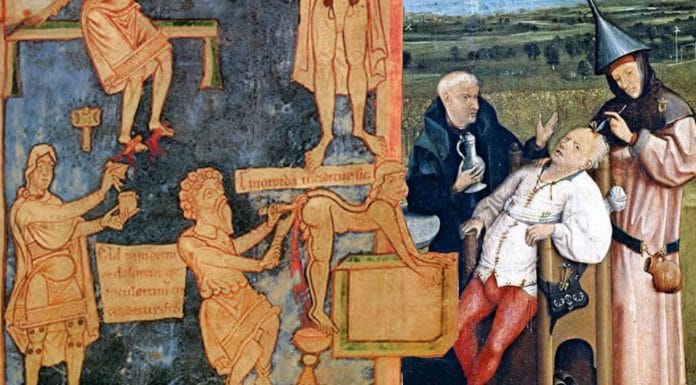Although for many, visits to the doctor are still traumatic, there is no doubt that in ancient times even routine check-ups could turn into hell. Discover the most insane techniques once used by doctors to heal their patients.
These are the craziest methods of medicine in ancient times
1. Painfully stuttering
Fortunately, modern medicine has advanced incredibly and we have treatments such as speech therapy at our disposal, since during the 18th and 19th centuries being a stutterer was a sentence of torture.
The method doctors used to supposedly cure stutterers was cutting off part of their tongue. This bloody method was effective only because in most cases, stuttering ceased to be a problem to give way to more serious issues such as the loss of the tongue completely, due to infections, and the consequent death of the patient.
2. Mercury treatment
Today, it is public knowledge that mercury is toxic. But centuries ago this extreme was unknown. Proof of this is that salts made from this heavy metal were used to treat syphilis from the 15th to the 19th century.
It was also used as an antiseptic for wounds. “The treatment could be administered orally, rectally or through friction,” explains doctor and Egyptologist Rosa Dinarès. “The salve made of mercury, lemon juice, lard, ash and oil spread seven times [seven is a magic number] all over the trunk,” she adds.
Obviously, neither the ancient Egyptians, who had extensive knowledge of human anatomy, nor any other civilization knew at that time how harmful the use of this chemical element could be.
“It is toxic for the nervous and immune systems, for the digestive system, the skin, the lungs and the kidneys,” says Dinarès. Side effects can make an appearance in the form of tremors, insomnia, memory loss, and cognitive and motor disturbances.
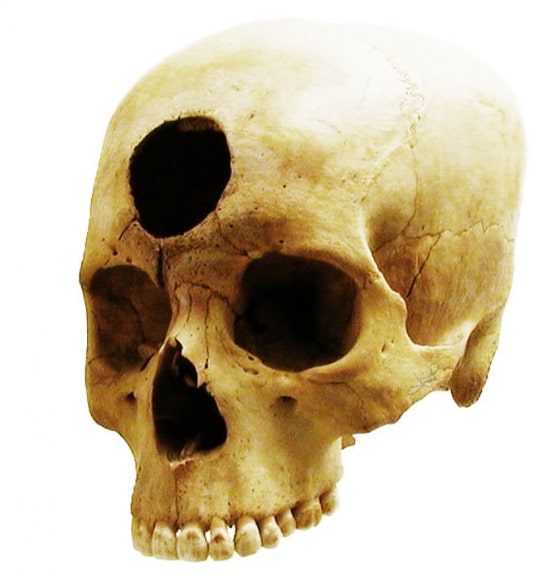
3. Trepanation
There is evidence of this practice, Trepanning, in the Neolithic. It consists of piercing the skull with a sharp element -or with metal knives when they already existed- to reach the brain.
This method was intended to cure from migraines to epilepsies or psychosis. In ancient civilizations, such as the Egyptian or the Mayan, “it is not known for sure if the practice consisted of a surgical intervention or responded only to a ritual,” says Dinarès.
The fact of suffering a Trepanning did not have to be synonymous with death. Trepanned skulls with signs of survival have been found.
This is demonstrated by the growth of new bone around the trepanation hole ”, emphasizes this Egyptologist Said medical practice is in force today. For example, to drain a hematoma. It is a common technique for neurosurgeons.
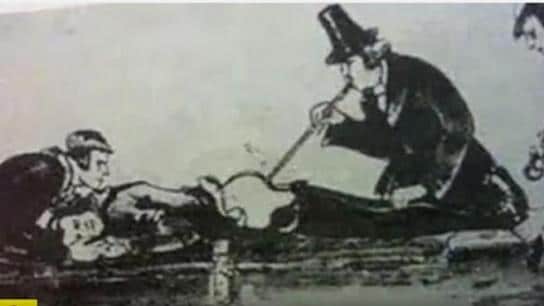
4. Tobacco smoke enemas
There are countless examples of the application of enemas throughout the history of medicine. The technique consisted of introducing tobacco smoke to the patient through the anus using devices designed for this purpose.
This method was intended to treat everything from respiratory problems to colds. They even used it to fight cholera or to revive people who had drowned.
This technique was used until the beginning of the 20th century, although in the 19th century it began to fall into disuse. It ended up being dismissed due to the harmful effects that tobacco caused on the heart and lung.
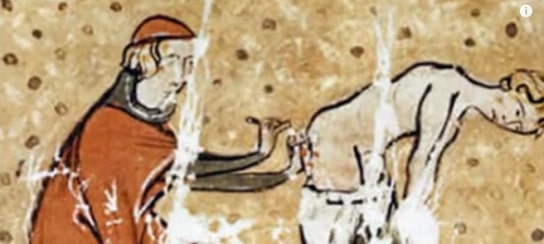
5. Hot irons to end hemorrhoids
The hemorrhoid problem is not exclusive to our times. In the Middle Ages people also suffered from them. One of the techniques they applied to remedy them was the use of red hot iron rods.
“It’s easy to understand,” says Rosa Dinarès. “They did the same to stop bleeding. What they did was cauterize the hemorrhoid ”, she adds.
It may be that this practice was effective, but surely, the one who submitted to it did not have a pleasant time.
Read more: Ancient Egyptian Medicine
